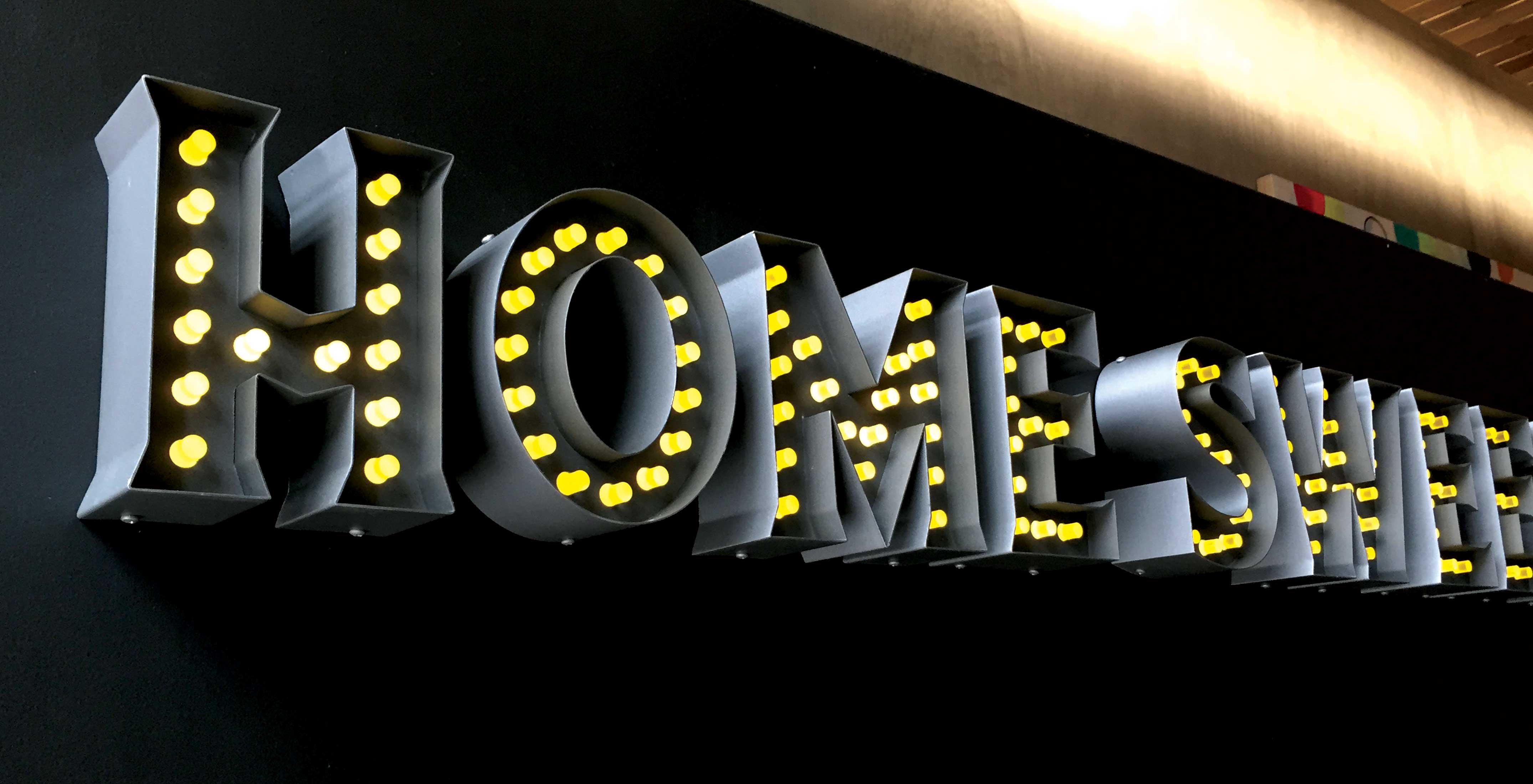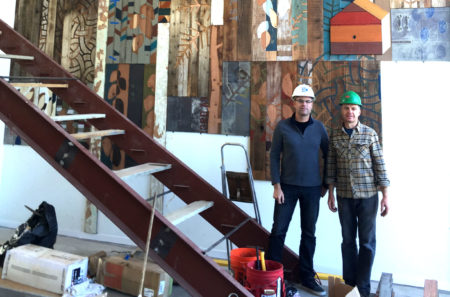Sunflower Hill at Irby Ranch is a residential community providing affordable, independent housing for people…

5 Important Elements of Branding Real Estate Developments
As we discussed in our last post, the proper branding of real estate developments provides authenticity, reflects the flavor of the location and surrounding community while providing an identity that community members are eager to embrace. Although a number of factors can impact the overall function of a community, effectively building a sense of place offers great potential for revitalization and long-term resilience. Time invested in this endeavor ultimately results in an engaged group of residents expressing pride and passion for the community at large. The work done to create an excellent sense of place creates trust between the developer, their product and the community.
A variety of elements contribute to successful branding, but the following are especially important:
1. Research
Know the area in which the development will be built. The people, the place, its features and history all play a role in defining the essence of a community. It’s important to remember that brands are not pulled from thin air and must be presented in an authentic way to be believable. It is often said that brands are defined by the people who interact with them. This is true for housing developments, both affordable and market rate. Having a sound platform based on the realities of the place is critical and will inform every step and application as the brand is developed.
To conduct research, a variety of information sources are available. News stories, historical archives and interviews with local people are hugely valuable. Market studies and tenant surveys provide a great resource for insight that will inform the development’s branding.
2. Demographics
As with any product, residential developments must fit the needs of the customer, or in this case, the resident. Ideally, development branding will also fit the unique culture of the surrounding community and is a very effective way of creating acceptance of the development among its neighbors.
Residents cannot truly feel a sense of place unless the structures in which they live and how they are presented fit with their unique sense of identity. Developers and architects work to provide developments that fit specific needs. Proper branding will accentuate these attributes and provide a consistent experience as people approach and circulate through a development.
For these reasons, it is critical to study and understand the demographics of the residents and neighbors. It is not an easy task to communicate in a way that resonates with both, but it is well worth the time and effort involved when branding real estate developments.
3. Environmental Features and Amenities
Features unique to the location and the community surrounding the development may exist. They might be architectural, historic or geographic. Leveraging features by drawing conceptual lines between them and the development can strengthen the identity of the place and make it more relevant. In addition, the development becomes more integrated with the community and it’s surroundings.
4. Project Team Communication and Cooperation
Branding is about engagement and it starts with the process of defining the brand itself. Take the time to understand the developer’s vision and the architect’s intent. Keep the entire project team on the same page from the outset, and again at key times throughout the process to strengthen consistency and communication by building consensus. Project managers, architects and anyone else possessing decision-making authority or key insight should be part of the ongoing team. By building consensus at the onset you will be more assured of meaningful engagement and participation as the brand develops.
5. Critical Brand Applications
• Name
Consider the name as the starting point, the keystone. Although the name can’t do everything for the brand, it can provide meaning and intrigue. From it, the articulation of the brand emerges and grows.
• Identity
The identity serves as the development’s signature. Executed well, it will communicate the essence of the property. Similar to the name, a logo must be focused and provide a singular and meaningful expression of the place.
• Signage
An often overlooked aspect of affordable housing branding is signage. Weak or inappropriate signage can damage the establishment of residents’ emotional connection to a property. Integrated signage serves as an extension of both the name and identity, thereby building a sense of home by providing a cohesive and informative experience. While design is very important, function is critical. It’s important to ensure the signs do their job as they provide a unique visual experience.
6. Marketing
Getting the word out in the right way to the right people is critical. Affordable housing developments often have a waiting list of applicants, and little issue of leasing up. But marketing must take into account other audiences, like government agencies and lenders, in addition to potential residents. With the ever expanding use of social, digital and traditional media, developers can be more inventive about how they communicate about their organizations and developments than ever.
These principles aren’t unique to affordable residential developments, they also apply to market rate developments. They are universal to providing a meaningful experience to specific audiences. The issue is, however, that when not applied correctly, or done haphazardly, the potential to provide a great sense of place and the opportunity to extend the value of the property is often lost.
Given the cost of developing an affordable community, crafting a brand that enhances the perception of the place is a valuable investment for the long-term. Properly branding a development will ensure residents, neighbors and surrounding communities connect with and embrace their new home and become a benefit to the community.

Join Us!
Join our mailing list to receive strategies, practical advice, news and helpful resources delivered right to your inbox.

